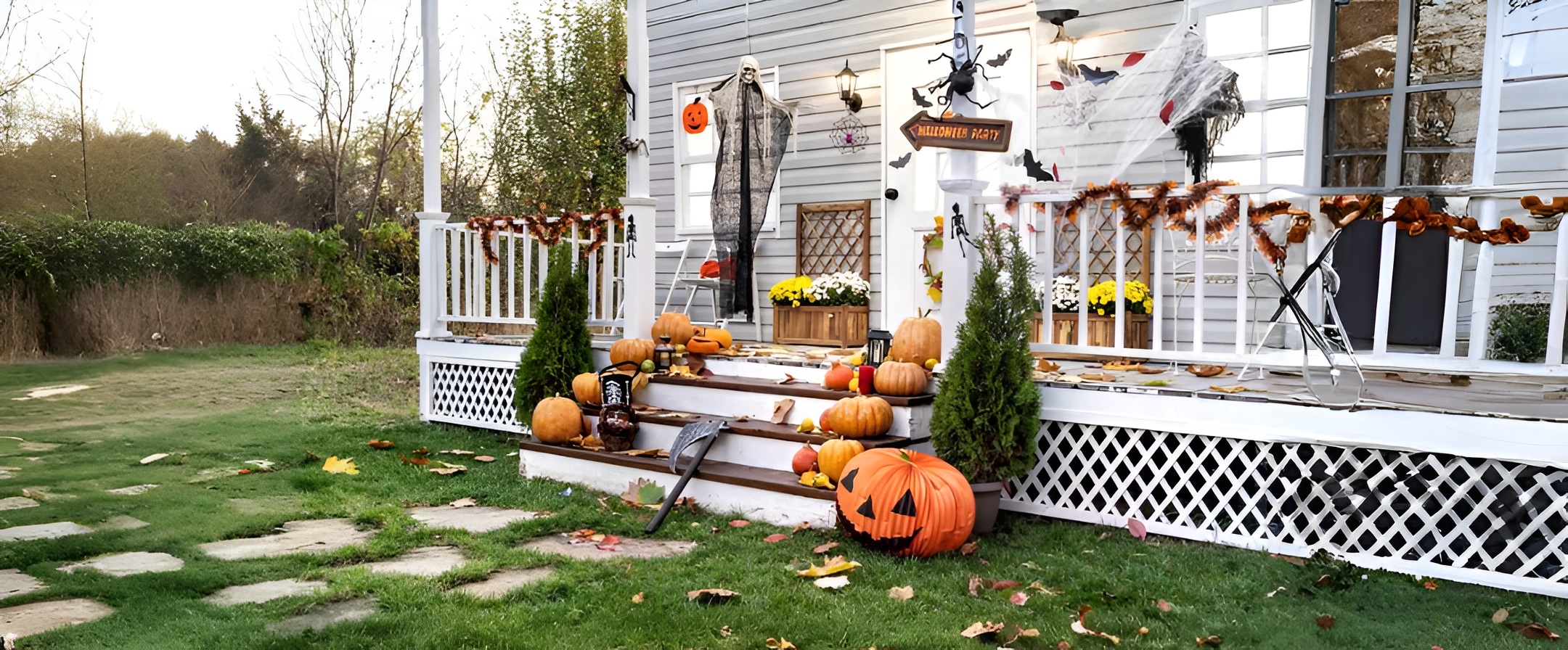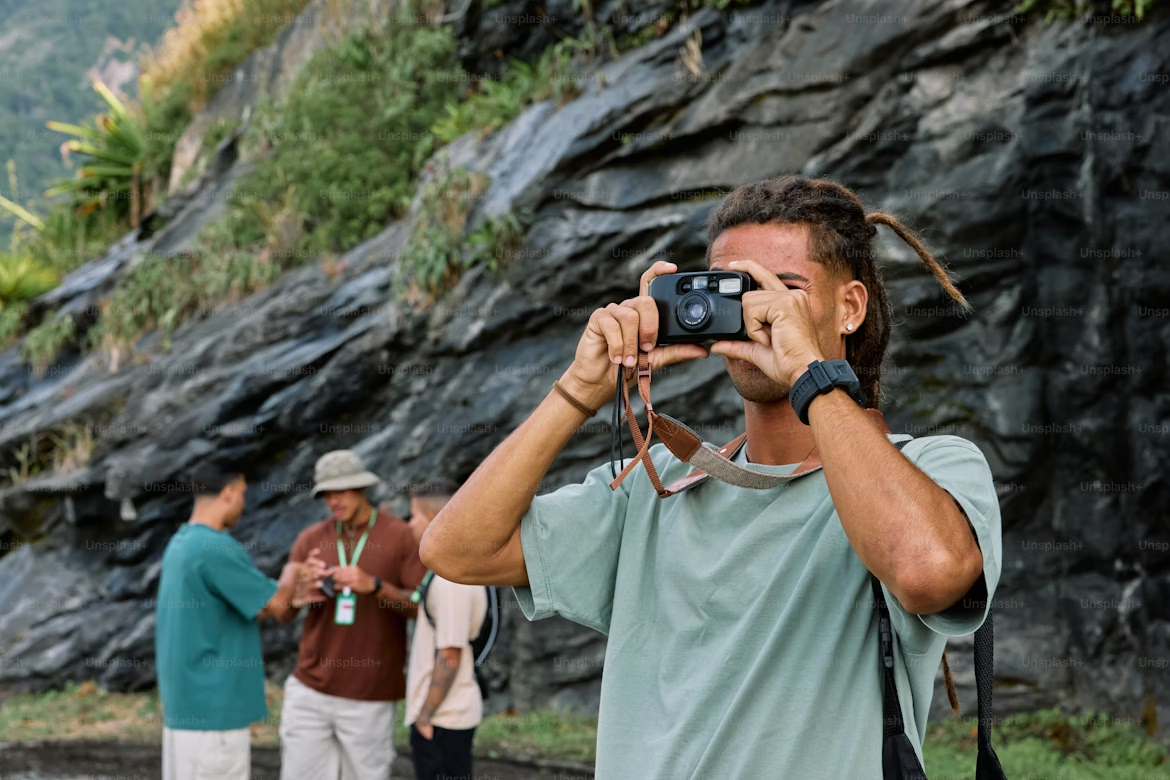Travel
8 min read
Slow Travel: The Art of Immersing Yourself in One Destination
April 09 , 2025
By Sienna Claire

Travel isn’t just about checking off landmarks or snapping Instagram photos—it’s about truly living in a place, feeling its rhythm, and allowing each day to unfold at its own pace. In today’s fast-paced world, where jet-setting from one city to another has become the norm, the concept of slow travel emerges as a refreshing antidote to the relentless hurry of modern itineraries. Slow travel invites you to pause, savor, and experience the depth of a destination, transforming your journey into a meaningful, life-enriching adventure.
Embracing the Slow Travel Mindset
At its core, slow travel is about quality over quantity. Rather than sprinting from one tourist hotspot to the next, it encourages you to settle into one place for a longer period and engage deeply with the local culture. This approach has its roots in the broader “slow movement,” which first gained momentum with the slow food movement in Italy. By prioritizing immersion and connection over constant movement, slow travel allows you to understand a destination’s nuances—its history, traditions, and everyday life—without the superficiality of rushed visits.
When you embrace slow travel, you give yourself permission to leave behind the pressure of a packed schedule. Instead, you choose experiences that promote genuine interaction: joining community events, staying in local homestays, or simply taking long, unhurried walks through charming neighborhoods. In doing so, you not only reduce stress but also build a more sustainable form of tourism that supports local economies and minimizes your environmental footprint.
“Slow travel is about embracing the journey, not just the destination.”
The Benefits of Staying Put
Deep Cultural Immersion
One of the greatest rewards of slow travel is the opportunity for true cultural immersion. When you remain in one location, every detail starts to matter. You have the chance to learn a few phrases of the local language, discover hidden cafés tucked away in narrow alleyways, and explore off-the-beaten-path markets that reveal the authentic pulse of the community. Over time, the initial sense of being a visitor transforms into feeling like a temporary local. This depth of experience enriches your understanding of the region’s customs and history, far beyond what a quick stopover can offer.
Reduced Stress and Enhanced Well-Being
Rushing from one destination to another can be exhausting—not only physically but also mentally. Constantly packing and unpacking, navigating unfamiliar transport systems, and constantly worrying about catching the next flight can leave you feeling depleted. Slow travel, by contrast, gives you the space to relax and recharge. You can spend a leisurely morning at a local park, enjoy a long, unhurried lunch, or simply sit by a window and watch the world go by. This unstructured time reduces travel fatigue and allows you to return home feeling refreshed, with memories that are richer and more vivid.
Sustainable and Eco-Friendly
In a world increasingly conscious of environmental impacts, slow travel offers a more sustainable way to see the world. By choosing to stay in one place rather than hopping between multiple cities or countries, you significantly reduce the number of flights and long-distance transfers—two of the largest contributors to your carbon footprint. Moreover, when you invest your time in local businesses, whether by dining at neighborhood restaurants or shopping at local markets, you help circulate money within the community and support sustainable practices.
“Fewer flights and longer stays mean a reduced carbon footprint, making slow travel a win for both the traveler and the environment.”
Planning Your Slow Travel Itinerary
Designing an itinerary for slow travel is both an art and a science. The idea is to build flexibility into your schedule while ensuring you have enough structure to fully immerse yourself in your chosen destination.
Choose One or Two Destinations
Rather than cramming a multitude of cities into one trip, consider selecting one or two destinations that offer a rich variety of experiences. Look for places that blend urban charm with natural beauty or those that boast a deep cultural heritage alongside modern conveniences. A single destination, whether it’s a bustling market town or a serene coastal village, often has more layers than you might initially suspect. Spending an extended period in one location allows you to uncover these layers gradually, creating a more fulfilling and memorable experience.
Connect with Locals
The magic of slow travel lies in the relationships you build with the people who call your destination home. Seek out opportunities to stay with locals through homestays or community-hosted accommodations. Engage local guides who can share insider tips and hidden gems that aren’t mentioned in mainstream guidebooks. Whether it’s a cooking class with a local chef or joining a community festival, these interactions deepen your appreciation for the culture and offer a glimpse into everyday life that you wouldn’t experience as a mere tourist.
Build Flexibility into Your Schedule
One of the key principles of slow travel is spontaneity. While it’s helpful to have a rough plan in place, leave ample room in your itinerary for unplanned adventures. Perhaps you’ll stumble upon a quaint street market, or a local festival might capture your imagination—moments like these often become the highlights of your trip. The flexibility of a slow travel itinerary ensures that you’re not tied down by a rigid schedule, allowing you to adapt your plans based on your interests and the serendipity of the moment.
Sustainability in Focus
Slow travel is inherently sustainable, but there are practical steps you can take to maximize its eco-friendly benefits. Research local initiatives and support small businesses that emphasize sustainable practices. Choose transportation options that are low-impact—walking, cycling, or taking local trains instead of relying on flights or rental cars. These choices not only reduce your carbon footprint but also provide a more intimate view of the landscape and everyday life.
Real-Life Experiences: More Than Just Sightseeing
Consider the story of a traveler who spent an entire month in a small Italian village. Instead of racing from one landmark to another, they immersed themselves in the local way of life. Each day was a journey in itself—learning to cook traditional dishes with local ingredients, participating in seasonal harvests, and engaging in heartfelt conversations with neighbors. Over time, casual greetings transformed into genuine friendships. This traveler didn’t just capture the village’s beauty through a camera lens; they lived it, breathed it, and eventually carried those memories as an indelible part of their own life story.
Such experiences underscore that slow travel isn’t about missing out on the world; it’s about experiencing it in a deeper, more authentic way. By taking the time to connect with a place and its people, you transform the mundane into the magical. The slow traveler returns home not just with souvenirs, but with a soul enriched by the spirit of the destination—a spirit that continues to inspire long after the trip has ended.
“When you live a little longer in a place, you begin to notice the subtleties—the way the light changes at dusk, the aroma of freshly baked bread from a local bakery, the laughter in a bustling market—and these are the moments that truly make travel memorable.”
Practical Tips for Embracing Slow Travel
-
Leave Room for Unstructured Time: Don’t overschedule your days. Allow mornings or afternoons where nothing is planned—just time to explore at your own pace.
-
Immerse Yourself in Local Culture: Learn basic phrases in the local language, try regional cuisine, and participate in community activities.
-
Opt for Locally Owned Accommodations: Staying in homestays, guesthouses, or boutique hotels run by locals often results in a more personalized and authentic experience.
-
Minimize Transportation: Choose a destination that you can explore on foot, by bicycle, or via public transport.
-
Practice Mindfulness: Focus on the moment, observe your surroundings, and allow yourself to be fully immersed in the experience.
-
Plan Longer Stays: When possible, plan trips that last at least 7–10 days in a single location.
More Than a Trend, a Transformative Experience
Slow travel isn’t merely a trendy buzzword; it’s a transformative approach to experiencing the world. By choosing to slow down and fully engage with one destination, you unlock a richness of experience that fast-paced itineraries can never offer.
“Slow travel is not about doing less; it’s about experiencing more deeply by taking your time.”
Embrace the slow travel mindset, and allow yourself the luxury of time—a luxury that enriches every moment of your journey and leaves you with memories that last a lifetime. Happy slow traveling!
live smarter
Shop smarter, live better, and stay ahead of the trends with our reliable recommendations!

Health and Beauty
6 min read
How Nic-Free VitaBars Bring Focus, Calm & Energy Without the Compromise
trending
Fashion
3 min read
Comfrt: Stylish Comfort for Every Day
Health and Beauty
6 min read
Live Your Best with Rugiet: Here’s How
Gadgets and Tech
7 min read
Why a Custom PC Elevates Your Work and Projects
Home and Decor
5 min read
IGLU Soft Play: Safe, Colorful, and Fun Adventures for Little Ones
Travel
6 min read
Travel Insurance Explained: Do You Need It, Which One to Pick
Fitness and Sports
6 min read





